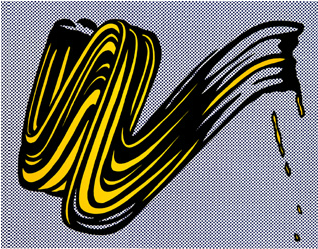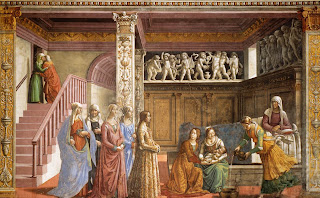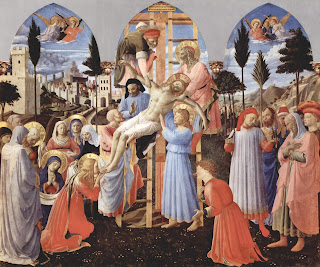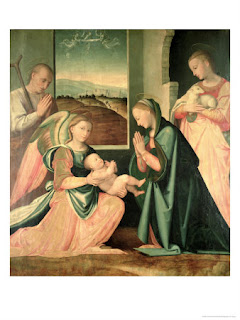Woodcut
“Nightvision” by Penck 1982
Woodcut was the perfect choice for A.R. Penck’s Nightvision as the effect of the roughly cut away wood hightened Pencks tribal-like figures. These primitive stick figures of the piece are derived from a personal system of symbols and signs that embody a message of commonality. The thick, angular lines created by the figures in addition to the patterns that surround them would have been very hard to create with other techniques such as etching and lithography. In fact, the unrefined aesthetic of the piece is commonly associated with woodcuts.
Woodcut was the perfect choice for A.R. Penck’s Nightvision as the effect of the roughly cut away wood hightened Pencks tribal-like figures. These primitive stick figures of the piece are derived from a personal system of symbols and signs that embody a message of commonality. The thick, angular lines created by the figures in addition to the patterns that surround them would have been very hard to create with other techniques such as etching and lithography. In fact, the unrefined aesthetic of the piece is commonly associated with woodcuts.
Etching
“The Skull” by Otto Dix 1924
Skulls have always been used in the past as messages of wartime. Dix’s Skull is a gruesome image
of decay and worms investing a human skull, which is meant to symbolize the
indescribable horrors of the first World War. The details of the piece are qualities that are often attributed with
etchings. These details and precision are achieved by the fine tools that are
used to incise the designs on metal plates and would have been extrememly hard
to do with woodcarving, where the grain of the wood might not permit it, or
lithography, which would have left much room for error.
Lithography
“Profile of Light” by
Redon 1886
Lithographs are known for their similarities to drawings
themselves and are one of the most direct methods of printmaking. This is due
to the process behind this technique. Instead of using a specific tool in a
subtractive manner, lithographs are drawings in either crayons or tusche on polished slabs of
limestone or metal. Many artists find this method preferable for a variety of
reasons like Rodin who appreciated lithography’s proximity to drawing and the
deep, mysterious blacks it can produce as seen in Profile of Light. This drawing-like quality is seen in the
headpiece of the woman and in the lines of her face.
Serigraph
“Brushstroke” Roy
Lichtenstein 1965
This hard-edged image was one of a series of paintings depicting enlarged brushstrokes
that Lichtenstein created in 1965-1966. This series was created to make a
direct comment on the elevated content and loaded brushwork of Abstract
Expressionism. This piece is very clearly a screen print as evident in not only
the clean, and sharp lines of the ‘brushstroke’ but in the bold areas of solid
color. These qualities would have not been as easily produced through other
techniques such as lithography and etching.









